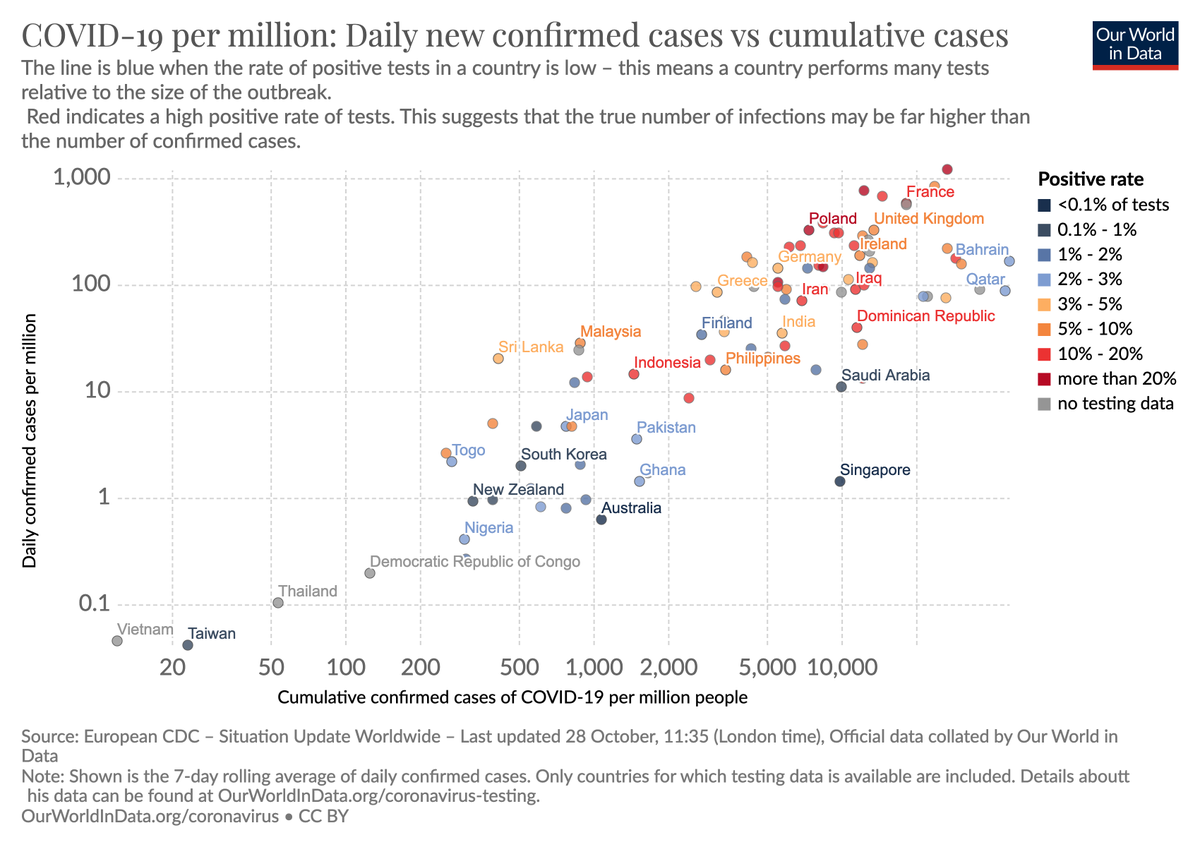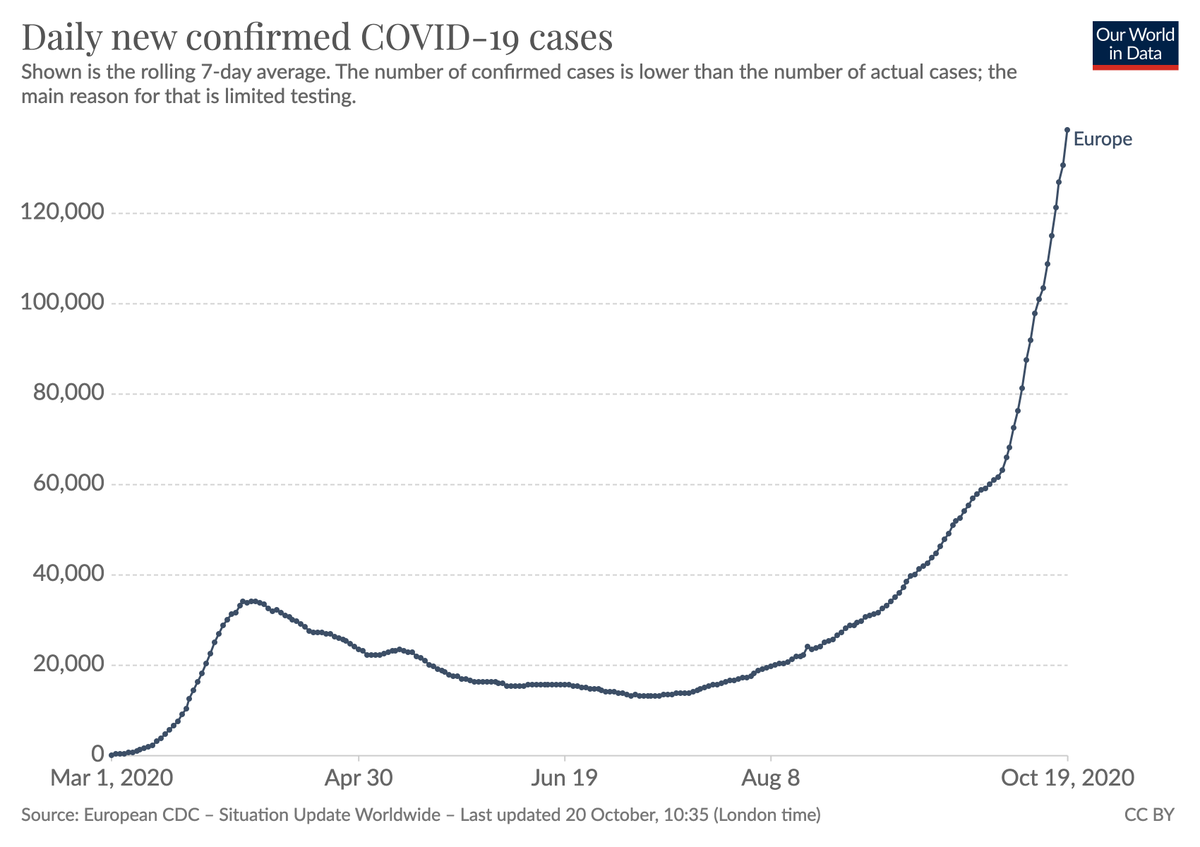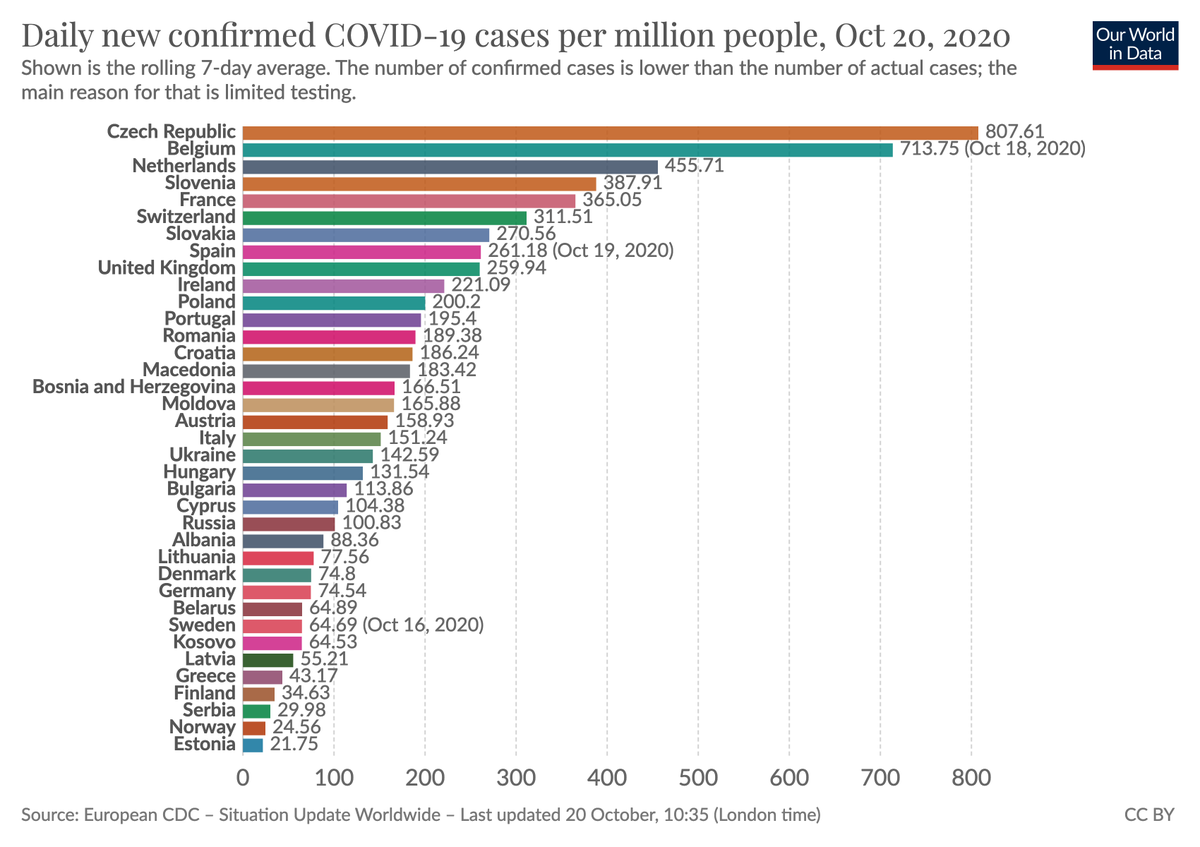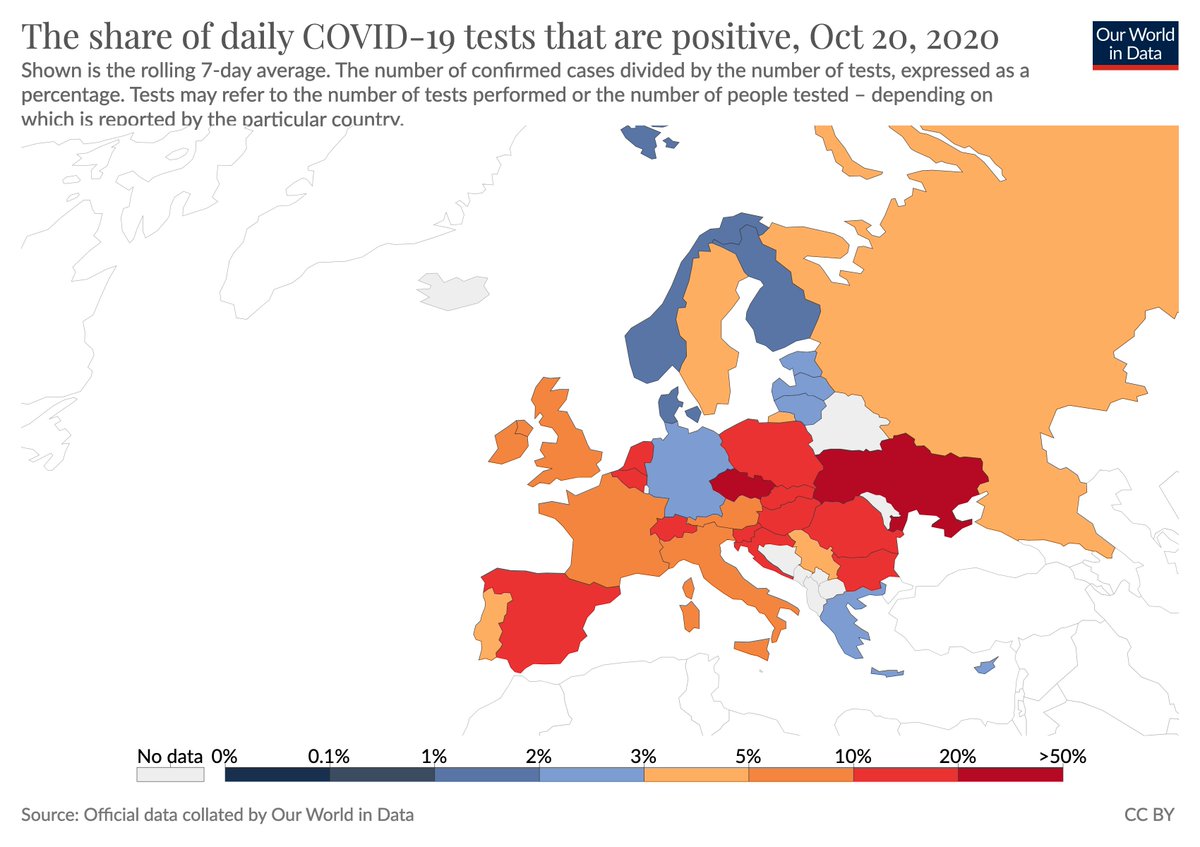
How expensive is it to limit global warming to less than 2°C?
The IPCC reports that the median cost to limit warming to less than 2°C corresponds to an annualized reduction of economic growth by 0.06%, relative to a baseline annual growth of 1.6-3%
ipcc.ch/site/assets/up…
The IPCC reports that the median cost to limit warming to less than 2°C corresponds to an annualized reduction of economic growth by 0.06%, relative to a baseline annual growth of 1.6-3%
ipcc.ch/site/assets/up…

If the world economy would grow 1.6% the world economy in 100 years would be 1.016^100=489% the size of today’s economy.
With measures in place to limit warming to 2C, growth would be 0.06% smaller – i.e. 1.54%.
The world economy would then ‘only' be 461% of the size of today.
With measures in place to limit warming to 2C, growth would be 0.06% smaller – i.e. 1.54%.
The world economy would then ‘only' be 461% of the size of today.
In case the world economy would grow 3% per year the world economy in 100 years would be 1.03^100=1922% the size of today’s economy.
With measures to limit warming to 2C, growth would be 0.06% smaller – i.e. 2.94%.
The economy would then ‘only' be 1813% the size of today.
With measures to limit warming to 2C, growth would be 0.06% smaller – i.e. 2.94%.
The economy would then ‘only' be 1813% the size of today.
In the quote above the IPCC only looks at the spending required to keep warming below 2°C.
But of course such a policy isn't only a cost, it also has benefits. And we need to take the larger picture into account.
This is a passage from a text that I'm currently writing on it.
But of course such a policy isn't only a cost, it also has benefits. And we need to take the larger picture into account.
This is a passage from a text that I'm currently writing on it.
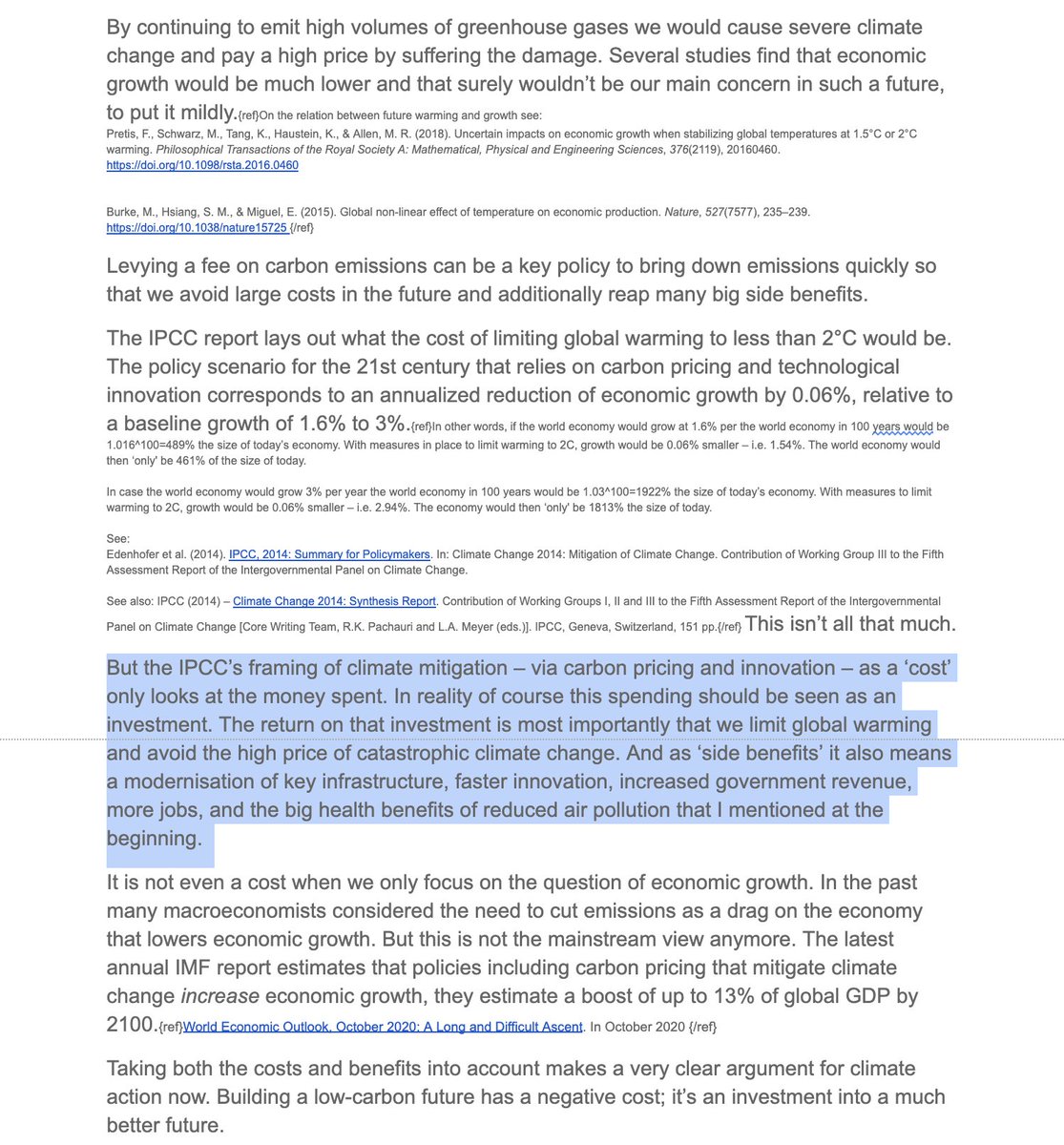
• • •
Missing some Tweet in this thread? You can try to
force a refresh






